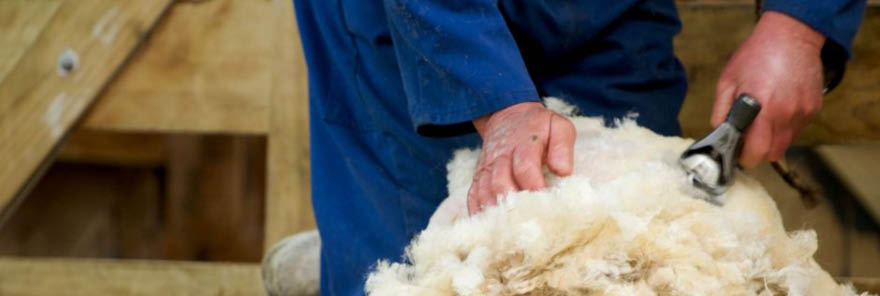For barn owners in search of eco-friendly building materials, Solidwool presents an exciting opportunity! This innovative material, made from wool fibers and bio-resins, forms a durable composite with promising potential, bringing a fresh perspective to sustainable architecture. With its versatility and environmentally friendly attributes, Solidwool shows promise for applications in furniture, interior design, wall panels, and various architectural components. Could Solidwool find its place in barn design and architecture?
A Brief History…
In 2013, Justin Floyd and Hannah Floyd founded Solidwool Ltd. in Devon, England, with a mission to develop sustainable alternatives to conventional materials. Inspired by the abundance of wool from British sheep farms, this material became an eco-friendly alternative to traditional fiberglass. Their inaugural product, the Hembury Chair, became an emblem of their innovative approach. This iconic piece of furniture combined wool fibers with bio-resins to achieve a blend of durability and sustainability in its design.
Some key advantages of using Solidwool for your barn…
Solidwool offers a range of advantages for barn owners, blending aesthetics, durability, and sustainability into modern architecture. From furniture to building components like doors and cladding, Solidwool adds a touch of rustic charm while minimizing environmental impact. Here are a few advantages to incorporating Solidwool to your barn:
- Eco-Friendliness: Solidwool resonates with eco-conscious barn owners by providing a sustainable alternative to traditional building materials. The renewable nature and biodegradability of wool make it a low-impact and environmentally conscious choice, while its bio-resins, derived from industrial byproducts such as bio-fuel production and paper making, offer a renewable alternative to petroleum-based products like fiberglass. By utilizing these resources,, Solidwool reduces environmental footprint without sacrificing functionality or aesthetics.
- Insulation: Incorporating Solidwool into the walls can significantly improve insulation. Its insulation properties regulate temperature and moisture levels, ensuring a comfortable environment inside the barn while reducing heating and cooling costs. Wool fibers naturally trap air, creating insulation pockets that limit heat transfer and absorb moisture without feeling damp. Additionally, the low thermal conductivity of bio-resins further enhances insulation by reducing heat transfer within the material.
- Durability: Solidwool is highly resistant to moisture, pests, and rot, ensuring long-term structural integrity. This durability minimizes maintenance costs and provides peace of mind for farmers, making Solidwool a wise investment for the longevity of the barn.
As the architecture industry continues to evolve, Solidwool offers sustainable solutions for modern equine facilities. However, while Solidwool offers numerous advantages, it’s important to consider potential drawbacks as well. One potential disadvantage is the initial cost, which may be higher compared to other building materials. Additionally, it may not be as widely available as conventional options, leading to limited accessibility in some regions. And as a relatively new material, there may be limited long-term data on its performance and durability compared to more established options.
However, with its eco-friendly properties, enhanced insulation, aesthetic appeal, and durability, Solidwool is positioned to influence the way we build and design our facilities. As the demand for sustainable building materials continues to grow, Solidwool contributes to a more sustainable future in equine architecture and design.


